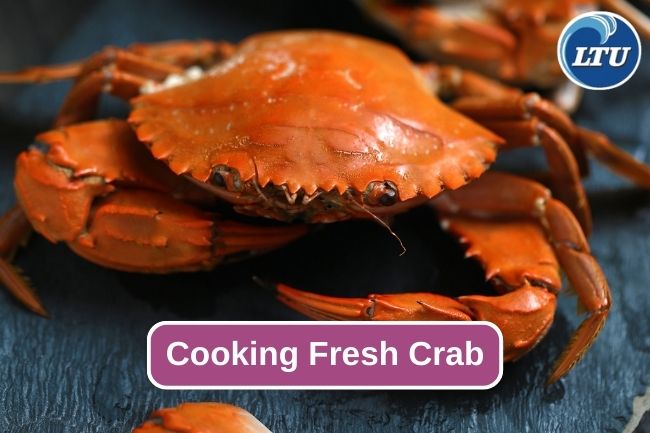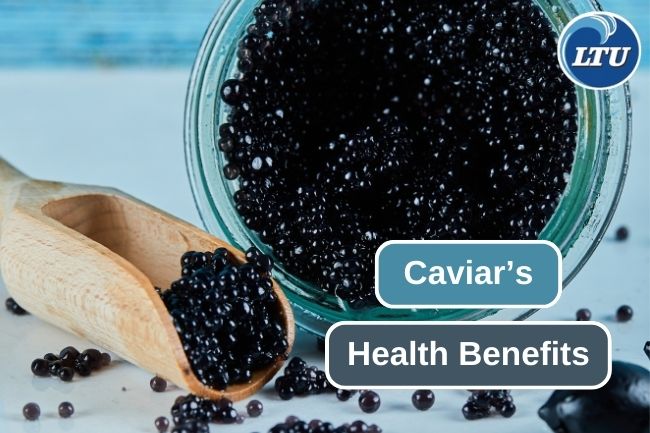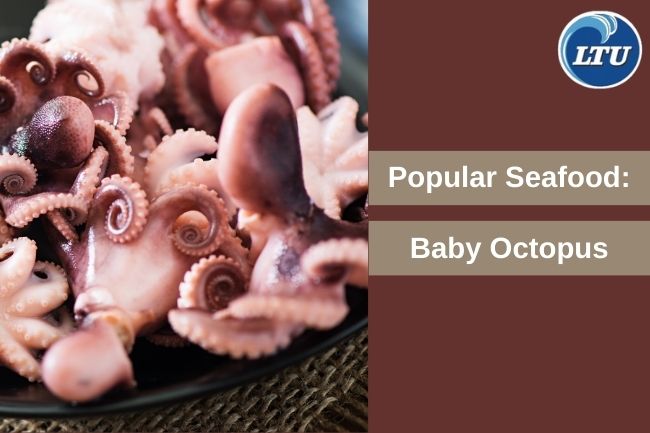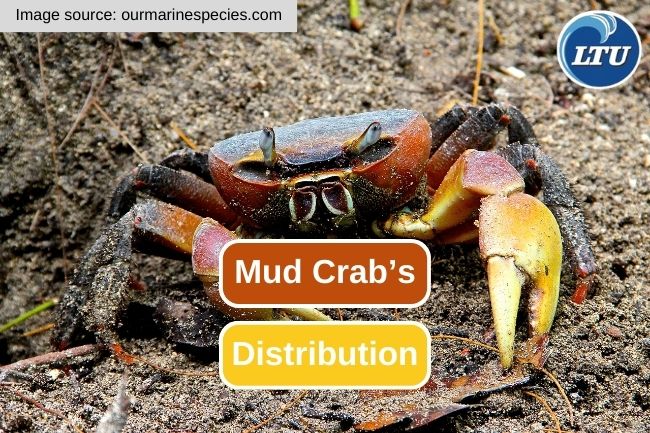Oyster Spat Collection: Best Practices and Environmental Implications
By. Nevanda - 29 Sep 2023
lauttimur.com - Oyster spat collection is the process of collecting oyster larvae from the wild for use in oyster farming. The following are the general steps involved in the process of collecting oyster spat from the wild:
1. Identify the Right Location
Find a suitable beach or water location for oyster spat collection. This location should have suitable environmental conditions for oyster spat growth, such as suitable substrate and good water quality.
2. Equipment Preparation
Prepare equipment such as spat nets, buckets, and diving equipment (if required).
Read also: The Crucial Ecological Roles of Octopus’
3. Appropriate Time
The process of collecting oyster spat is usually done during the oyster spawning period. The right time to collect spat may vary depending on the geographical location and the targeted oyster species. Usually, this oyster spat collection activity occurs in spring or summer.
4. Spat Collection
- Oyster spat is an early stage of oyster development that is usually very small in size, similar to sand or dust. They float in the water column as larvae.
- Oyster spat can be collected using spat nets placed over suitable substrates or set in suitable waters. Spat nets usually have small holes that allow spat into the net, but prevent adult oysters from entering it.
5. Spat Handling
- Once the spat are collected, they need to be transferred or placed in a suitable container, such as a bucket or plastic tub, for initial growth.
- Supplemental feeding or appropriate water flow may be required to enhance spat survival and their growth.
6. Spat Cultivation
Once the spat grow larger and stronger, they can be transferred to larger oyster culture containers or oyster culture racks for further growth.
During the whole process of oyster spat collection, it is important to maintain the water quality and environment to suit the needs of oyster development. In addition, local permits and regulations should be taken into account, as oyster spat collection can be bound to different regulations in each region.
Read also: Inspiring Seafood Menu Ideas to Try at Home








